Enjoy your free downloadable gift for updating your dealer listing with us here at Cackle Hatchery! Click Here to Download As an added bonus after downloading feel free to print any Cackle Hatchery sales sheets for poultry you may need instore: PRINTABLE CHICK SALES SHEETS Tips for printing: Make sure your printer settings are set […]
Continue ReadingSearch Results for: sex link
Chicken Heredity and Genetic Basics

Heredity describes how traits are passed from a hen and rooster to their offspring. These traits are encoded in genes, which in turn are found on chromosomes. Since only the end results — but not the genes and chromosomes themselves — are clearly visible, the mechanics of how heredity works can sometimes seem rather vague. […]
Continue ReadingWelsummer Chickens in the Breed Spotlight
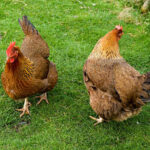
Welsummer chickens come to us from the village of Welsum in eastern Holland. First arriving in the United States in 1928, this breed is beloved for its handsome appearance and its prolific egg laying. Physical Attributes Welsummer chickens are mid-size, upright birds with a broad back, full breast, large full tail and a single comb. […]
Continue ReadingWhat Are Heritage Chickens?
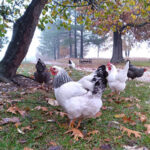
What exactly are heritage chickens? For that matter, what is a heritage turkey, duck, or goose? By definition, heritage poultry breeds share these important characteristics: They are standard breeds They mate naturally They can live a long time They are slow growing Standard Breeds Heritage breeds must have been accepted into the American Standard of […]
Continue ReadingChicken Breed Abbreviations
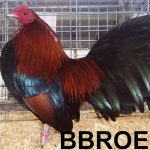
Chicken keepers often use abbreviations and assume their listeners know what they mean. Here are some of the more common chicken breed abbreviations, along with abbreviations for variety features and those used for show that may be puzzling when you see them in poultry publications, forums, and websites. Note that abbreviations may be combined to […]
Continue ReadingAt What Age Do Hens Start Laying Eggs?
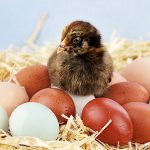
Although the age at which hens start laying eggs depends on many factors, the ultimate factor is the breed. Some breeds mature fast and start laying as early as 4 months of age, while others mature more slowly and start laying much later. Below are just a few of the many chicken breeds, along with […]
Continue ReadingWhat Is a Dual Purpose Chicken?
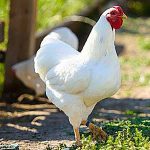
To some chicken keepers, a dual purpose breed is one that’s suitable for both meat and eggs. To other chicken keepers, dual purpose refers to a breed that’s suitable for neither meat nor eggs. So exactly what is a dual purpose chicken? Meat or Eggs Before the poultry industry developed into the behemoth it is […]
Continue ReadingThe Where, What, When, Why & How of Chickens
Where do chickens come from? Chickens are descendants of wild jungle fowl, which were domesticated thousands of years ago. Where are chickens native to? No one is really certain where chickens originated. Evidence indicates that chickens most likely originated in southern China or northern India. Chicken Characteristics Are chickens birds? Yes. Chickens […]
Continue Reading15 Chicken Breeds that Lay Large Eggs
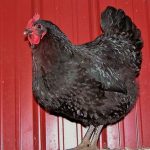
All hens start out laying small eggs. As the birds mature, the egg size increases until it reaches the normal size for the breed. Many breeds will end up laying small or medium size eggs, while most baking recipes call for large eggs. Chicken keepers who do a lot of baking therefore prefer chicken breeds […]
Continue ReadingKeeping Ducks for Eggs
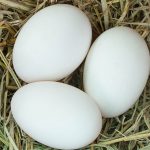
Some breeds of duck have been developed for their outstanding laying habits. Unless this ability is maintained through continued selective breeding, though, the laying potential of the strain will decrease over time. For this reason, not all populations of a particular breed known for laying are equally up to the task. Here are four outstanding […]
Continue Reading